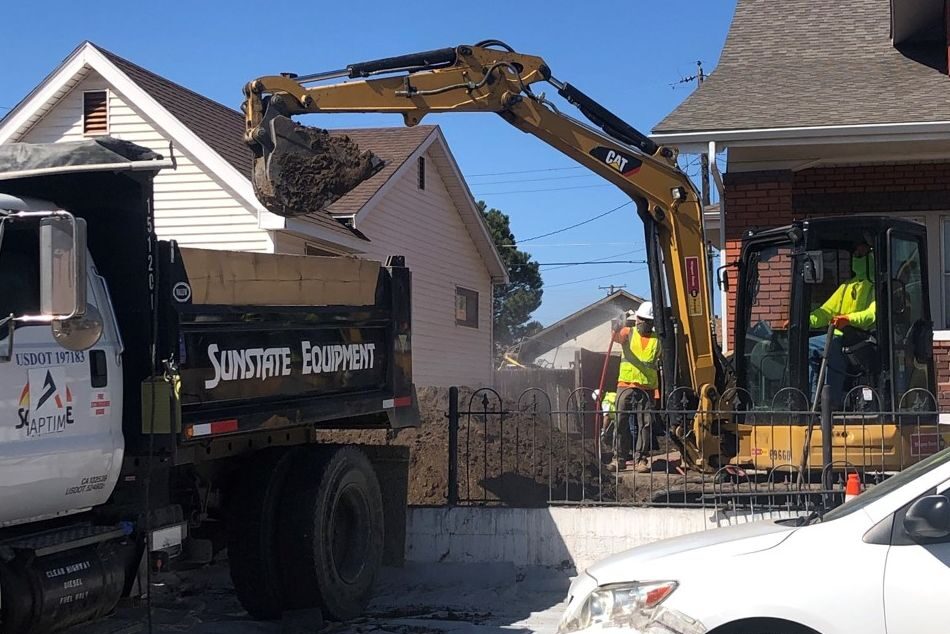
More homes in the Colorado Smelter Superfund site could be eligible for remediation now that the Environmental Protection Agency has revised its guidance for the threshold of lead in soil.
It's one of the contaminants left behind by the former Colorado Smelter on Pueblo's south side that closed more than a century ago. EPA crews have been cleaning up soil from yards there since the area was placed on the National Priorities List in 2014.
Soil with high lead levels can create health risks for those who are exposed to it - especially children and pregnant women.
Around 2,030 residential properties are inside the site’s boundaries and more than 1,950 have had soil samples taken and tested by the agency. Of those, 43 percent qualified for EPA-funded soil clean-ups meaning the contaminated dirt was removed and replaced with clean material. The federal agency expects that number to increase now that the guidelines are updated.
EPA’s Beth Archer said they will re-evaluate how the new guidelines might affect properties on the site. It may make more properties eligible for federally funded remediation.
“We develop our cleanup standards based on how bioavailable the contamination is: if it gets into your body is it going to get into your bloodstream?” she said.
Archer said ongoing research shows there really is no safe level for lead.
“It can be really detrimental for children to be exposed to lead as they're growing up,” Archer said. “So as we're seeing more and more data, the more that we can do to reduce concentrations of lead, that's going to result in better health outcomes.”
While the EPA’s new screening standards are national, the new clean-up levels are site-specific and the agency will take into consideration a variety of factors. Some of the variables include environmental characteristics and how often people will come in contact with it.
“A lot of it comes down to risk,” Archer said. “A residential neighborhood like (in) Pueblo does have a lot of bare soils. It's a dry place. You see soils that are blowing around a lot.” She said it would be different if the area was mostly paved over with concrete. “We always go down to the lowest level that we can, looking at the most sensitive population.”
More than 800 residential properties–nearly all those that were eligible based on the soil sample testing–have had soil remediation already and are not likely to need additional clean-up work because the replacement soil should meet the new lead standards. The properties that will be affected are those that had soil samples with levels below the previous cleanup levels, but above new levels once they are determined for this specific site.
Archer said they are working on this analysis, but it isn’t clear yet when the determination will be complete. As soon as the results are ready, the agency will notify residents.
The new guidelines may affect other Superfund sites in Colorado and around the nation, but the initial focus will be on sites like the one in Pueblo that have active residential clean-ups in progress or starting.
The EPA has also just released a new online tool called the Qlik dashboard that will allow people to see the testing and clean-up status of properties in the Superfund area.
“The Qlik dashboard is a great tool for community members and Realtors,” Archer said. “Anyone who's interested in the status of a property will be able to look it up and see whether that property has been sampled and whether or not it's been cleaned up.”
The tool allows people to search by address or click on a map to see if a property is within the Superfund boundary and if it is what its status is. Archer said the dashboard will be updated when the new clean-up levels are in place.
Editors note: This story has been updated for clarity.








